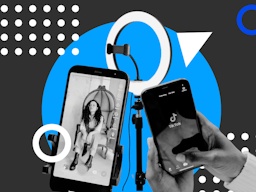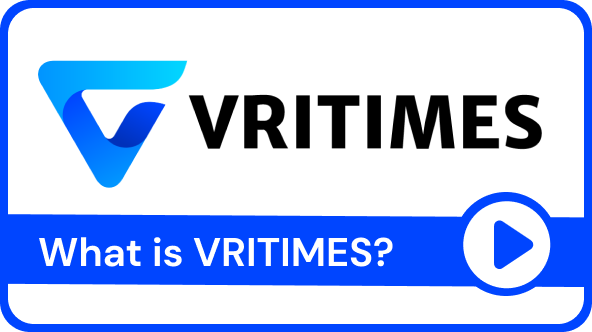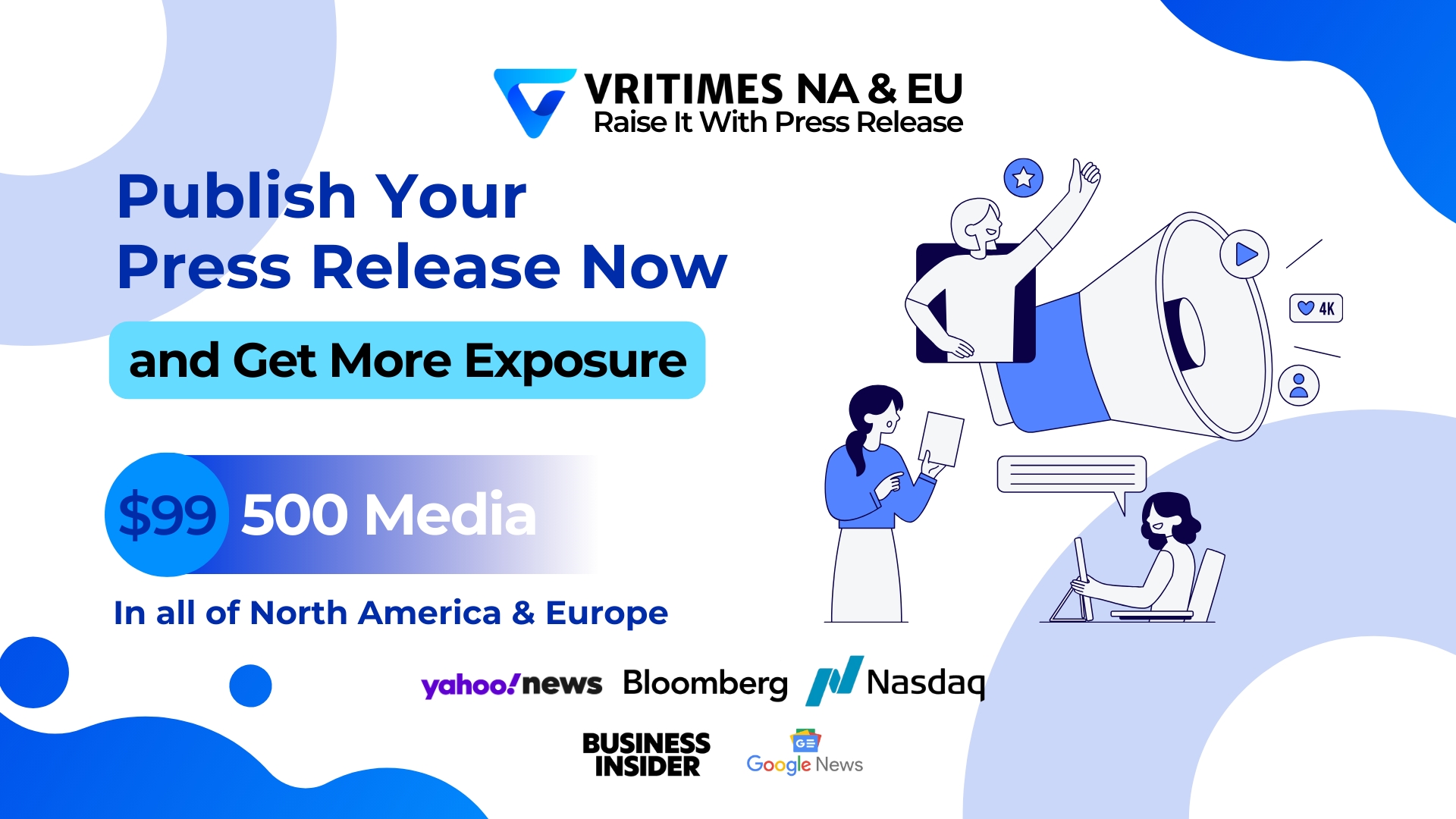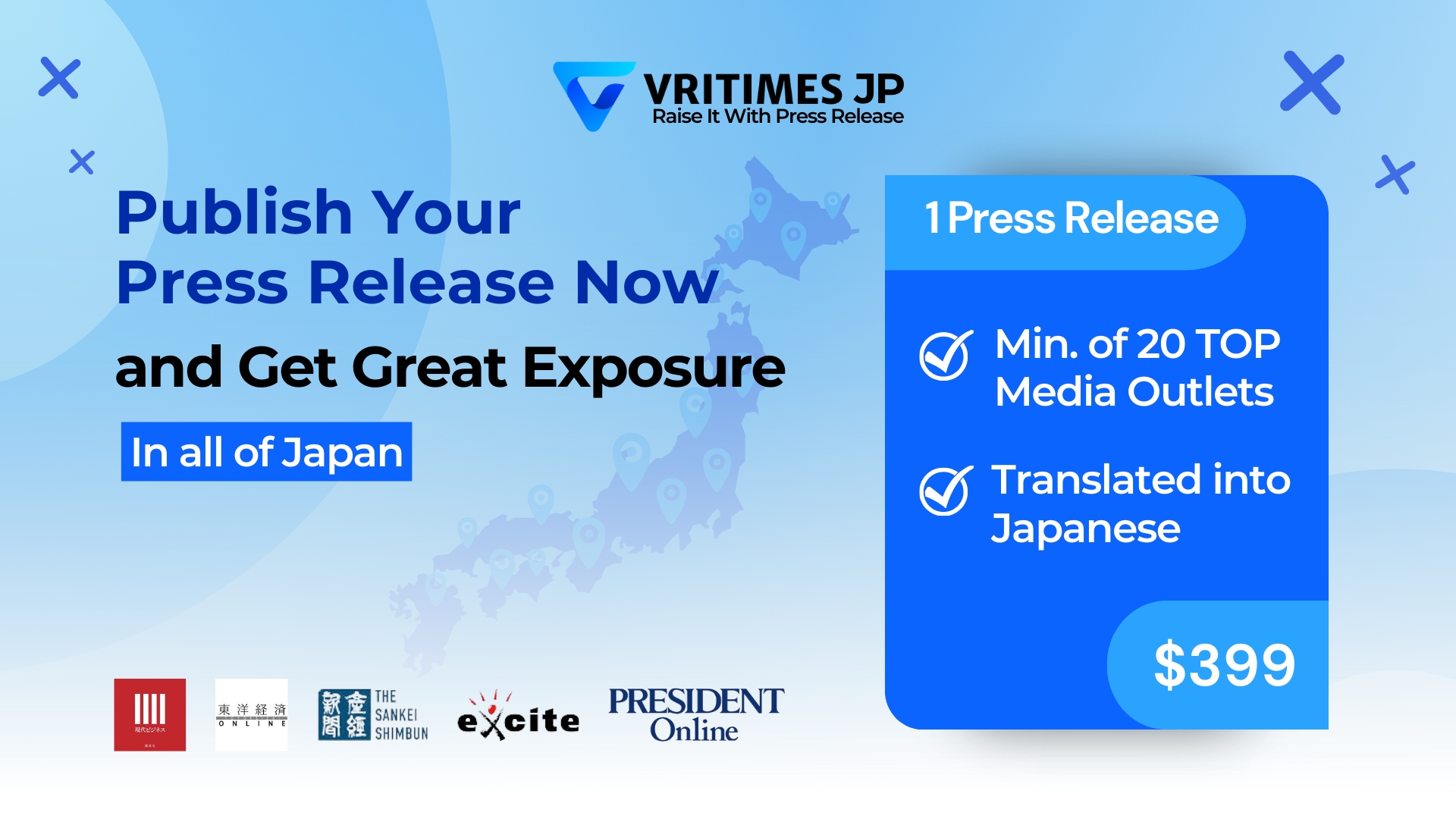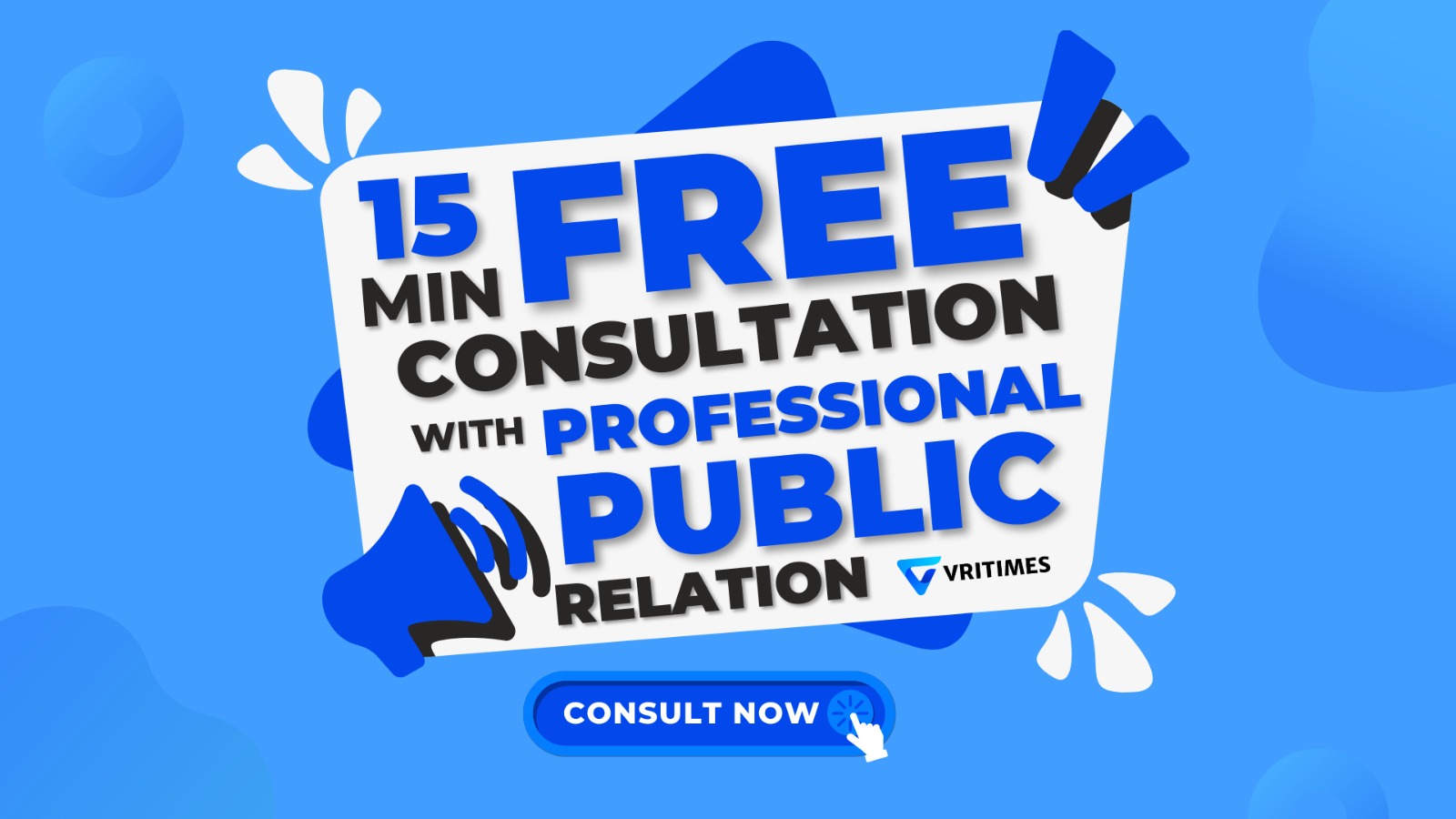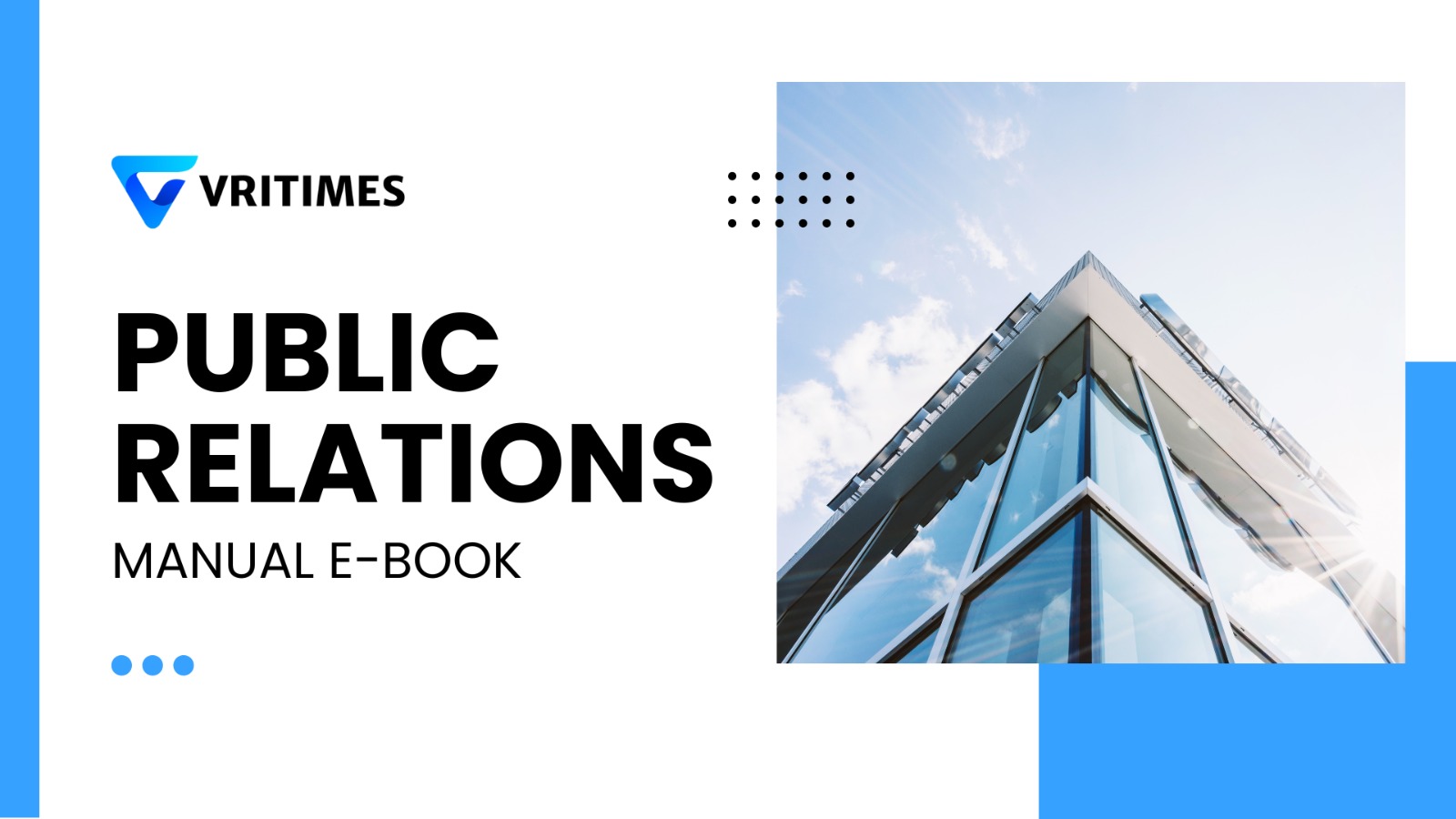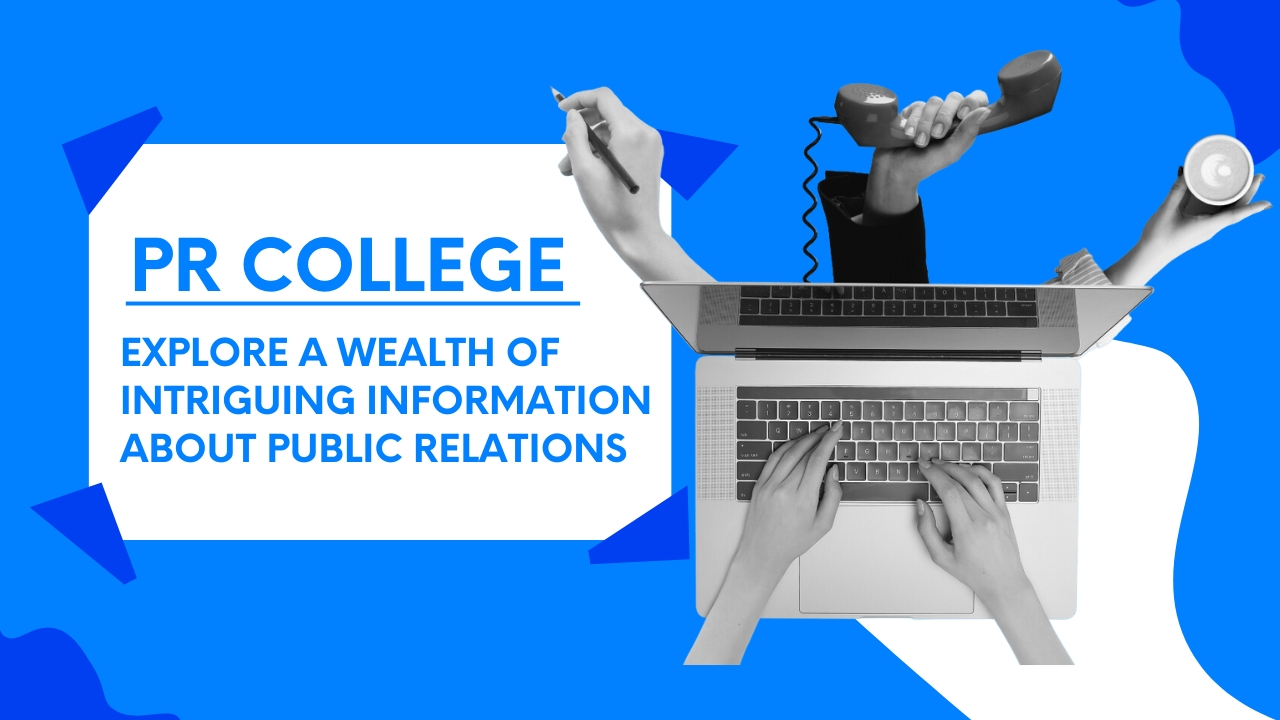/ Media and Information Literacy: Biases and Fake New
Media and Information Literacy: Biases and Fake New
Last time, information overload was presented as a challenge to digital entrepreneurs because of the massive proliferation of content that spreads in different platforms in digital media. Now, this article delves into the protection of the audiences in case they stumble upon fake news or unreliable contents. This is essential in order for media consumers to prevent themselves from harm like arriving to irrational conclusions or wrong economic decisions that can may result into buyer’s remorse. For these reasons, having strong media and information literacy skills is crucial
This article will dive into how the audiences can enhance their skills to spot credible sources of information and make informed decisions.
Identifying Credible Sources of Information. It is essential that when you consume content, think if it is credible. It is credible when it covers at least some of these characteristics:
· Authority: Look for information from recognized experts and organizations. Think leading consultants, research publications, and articles by experienced analysts.
· Accuracy: Always double-check information. Reliable sources will provide evidence, like data or citations. If it's about digital marketing trends, verify those stats and case studies.
· Objectivity: Be cautious of biased content. Look for balanced views from multiple perspectives, especially when it comes to things like market analysis or customer research.
· Currency: The digital world changes rapidly, so make sure your information is up-to-date. This is key in fast-moving fields like technology and marketing.
· Relevance: Ensure the information directly applies to your decision-making process. So, ensure that the information you have is correct. Do your due diligence to get the right information such as researching blogs or asking other people.
Embracing Source Diversity. Source diversity is the active pursuit of different information that may sometimes clash from one another in order to arrive to an accurate and well-informed decisions. To embrace it, keep in mind the following:
· Why It Matters: Getting different perspectives gives you a fuller picture and helps you avoid blind spots. This will lead you to accurate and well-informed conclusions. Hence, don't rely on a single source.
· Avoids Echo Chambers: Actively seek out information that challenges your existing beliefs. This encourages an open dialogue with one another on certain viewpoints. Hence, it prevents the audience from close-mindedness and poor critical thinking skills.
· Reputable News Outlets: Stick to news sources with a history of accurate reporting and a clear editorial process. This rewards them to report as factual and impartial as possible.
· Different Types of Sources: Use a mix of scholarly articles, news sources, and social media for a well-rounded view. It also enhances critical thinking because you connect one information or thesis to another.

